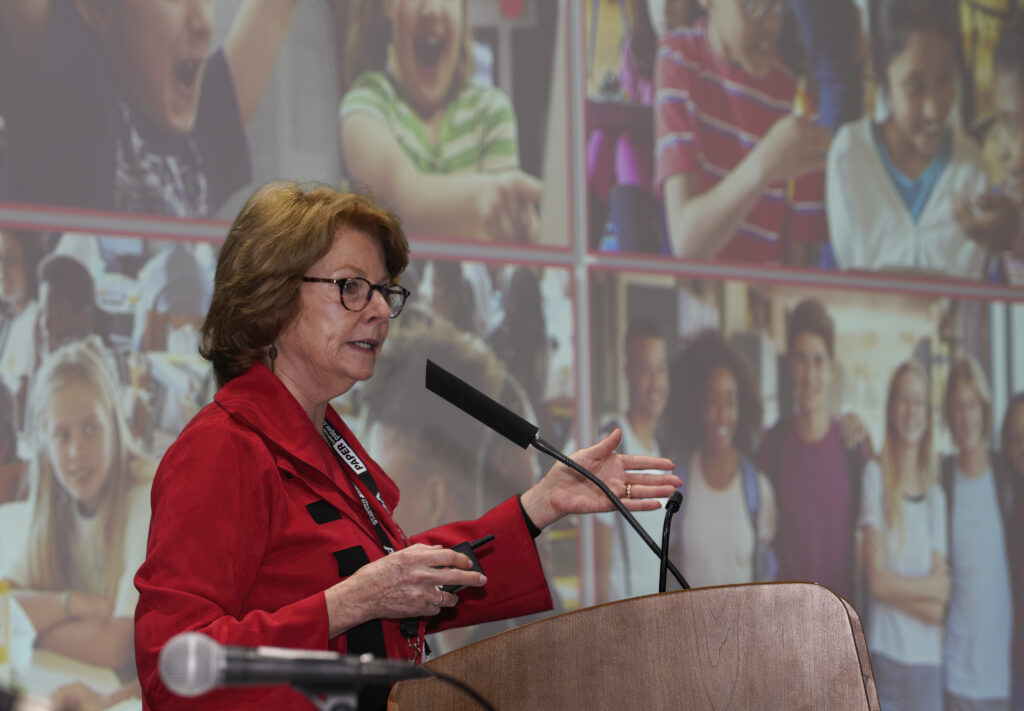Successful inclusion requires “skill and will” for teachers and school leaders. This was one of many powerful messages from Thought Leaders on “Creating Equity in Practice for Successful Learners with Disabilities.”
What did they mean by successful inclusion? Carol Quirk, founder and director of special projects at the Maryland Coalition for Inclusive Education, defined inclusion as an interrelationship between presence, belonging, participation and learning. When children are separated from their peers or if participation or their sense of belonging drops, so does their learning.
Creating the organizational structures to make that happen falls to school leaders at the top, and leaders throughout the school community.
In Deerfield Public School District 109 in Illinois, superintendent Michael Simeck created a culture of collaboration and shared responsibility, which has been embraced by his school board. As a result, almost 90 percent of the students in his district spend 80 percent of their time in general education, compared to 54.2 percent statewide. Simeck’s district also eliminated the “labeled” programs that segregated students and brought in an external team to identify equity and outcome gaps, both to guide their activities and enable them to track progress.
Serving all students well is personal for Kimberly Moore, superintendent of the Richland School District Two in South Carolina, as one of her own children required special education support. For her, four core values shape her district’s inclusion practices: Belonging, learning, continuous improvement and joy, all shaping their purpose-driven, future-ready mission.
Simeck has worked with MCIE to build the capacity of district and school leadership teams and to provide targeted technical assistance to school staff, starting with middle schools. Quirk stressed the importance of students having access to grade-level curricula, citing research showing that students gain academically when they are included.
Moore created campus implementation teams in which special education and general education are in the same academic department. She also works in partnership with the larger community, including ongoing parent education and parent dialogues.
In response to questions about kids with significant behaviors, Simeck shared that the best classroom management tool is a good lesson plan to keep all students engaged. Moore added that it’s also about building strong enough relationships with students so that teachers can see what kind of day a child is having. Both noted that strong relationships and strong lessons help all students learn and succeed, which is what inclusion is all about.
(Rebecca Salon is a consultant in Silver Spring, Md., and a reporter for Conference Daily Online.)

